The birding at Virginia Beach, as I’ve mentioned, was fair, but held the promise of far better biodiversity if only one could get away from the endless miles of beach houses. Fortunately, Back Bay National Wildlife Refuge offers the ideal ecosystem in which to become acquainted with mid-Atlantic avifauna. Located at the southeasternmost strip of Virginia coastline, Back Bay Refuge contains over 9,000 acres of both Atlantic and Gulf beaches along with dunes, woods, fields, and marshes. Considering the tasty bird list, Seth and I thought it would be a snap to cruise in, eye tons of great birds, and get back to the beach house in time for lunch.
We were sadly mistaken.
Back Bay is an absolutely beautiful refuge, but in summer, it’s not exactly bursting with birds, at least not visible ones. Sure, we spied plenty of the same birds – martins, swallows, grackles, and mockingbirds – we encountered throughout the barrier island. However, when I imagine a wetland this close to the amazing Assateague Island, my mind conjures veritable oceans of egrets. During our first trip to Back Bay, we were lucky to spot a single Great Blue Heron. Picking up Willets and a Semipalmated Sandpiper along the shore, some Palm and Yellow-rumped Warblers in the trees, and Field Sparrows, Gray Catbirds, and Brown Thrashers in the scrub was nice, but to be honest, nothing I’d leave the beach for. Surrounded by what Seth described as “prime rail estate” we saw nary a Sora, although I will defend the refuge’s biodiversity by acknowledging that I was bitten by a plethora of bugs I’d never seen before. But Back Bay seemed bereft of birds. Not even the best looks of my life at a scruffy singing Yellow-breasted Chat could redeem this refuge in my eyes.
Then I found out about False Cape State Park!
False Cape State Park is a mile-wide barrier spit between Back Bay and the Atlantic Ocean, located at the southern tip of Back Bay Refuge and accessible only by hiking, bicycling, boating, or the daily shuttle. Linda and Carrick, two beloved members of our Kentucky contingent, rode rented bicycles down to False Cape and returned with glowing reports of its natural beauty. Their recon prompted me to take a second look at the refuge bird list, only to realize that even if rails weren’t cooperating, there were still plenty of other worthy species to pursue. Time to give Back Bay a second chance.
Forewarned truly is forearmed when it comes to birding. Now that I knew, for example, that Blue Grosbeak, a bird I hadn’t seen in years, was a Back Bay breeder, I gave the Indigo Buntings at the entrance a second look. True, that first one we enountered was in fact a bunting, but the next one was true blue (grosbeak!) We were fotunate enough to see both midnight grosbeak adults and chestnut grosbeak kiddies as we moved deeper into the refuge.
The interminably long trail was composed of equal parts rocks and sand, challenging conditions for even the best of bikes, which our rentals most certainly were not. Then again, I was far from the best of bikers, not having even ridden one for decades. But my research indicated that the thick pine forests of False Cape sheltered Brown-headed Nuthatch, a new bird for me. For this, I was willing to toil over rough terrain as the morning sun beat down mercilessly. Seth and I were willing to do our part; would the birds cooperate?
I am pleased to report that, while the upper portion of Back Bay NWR felt like a letdown, False Cape State Park completely lived up to my high expectations. The variety of habitats were exquisite, from the crisp coniferous woods to the calm bay coastline. The birds were brilliant as well, although by this, I can’t include shorebirds which were conspicuously absent in numbers. Still, who could tire of combing through Prothonotary, Pine, Prairie, and Magnolia Warblers while Osprey soar overhead? Who is so jaded as to ignore the lure of nesting Bald Eagles or the promise, albiet unfulfilled, of Virginia Rail? Riding around False Cape, we quickly ticked off Carolina Chickadee, one of my year targets, while finally realizing how distinct this bird’s song is from its Black-capped cousin. The nuthatch, however, seemed to be a no-show; everytime I thought I had one cornered, it turned out to be an Eastern Wood-pewee. But just as I was on the verge of giving up, we were lured into a dense stand of fire-blackened pines by the complaining call of a Great Crested Flycatcher. As I scanned the canopy for the caller, I spotted my quarry: slate back, white cheeks, and that namesake russet pate. Sweet!
False Cape Park was so beautiful that we could have explored it endlessly. The trip to the North Carolina border tempted us but the harsh reality was that we had at least four miles of rough road ahead. The return trip was painful, loaded as I was with bins, gear, and a big ol’ camera, but we focused our eyes forward and kept birding to a minimum. Well, actually we did stop for a calling Northern Bobwhite and a few other enticing avians, but basically we made a beeline for the exit. After such a hot morning of birding, the beach beckoned!
So, my final verdict on birding Back Bay NWR in summer is quite positive, assuming you make time for False Cape State Park, but don’t get your hopes up for rails! On the other hand, the Back Bay bonus consists of squadrons of sensational dragonflies, which I’ll tell you all about as soon as I identify some of them!


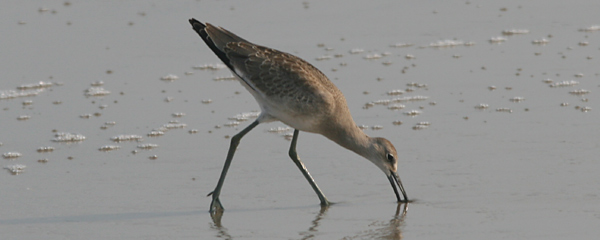
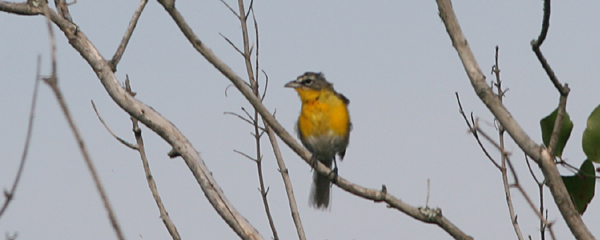
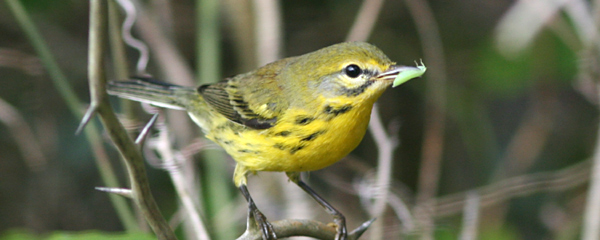
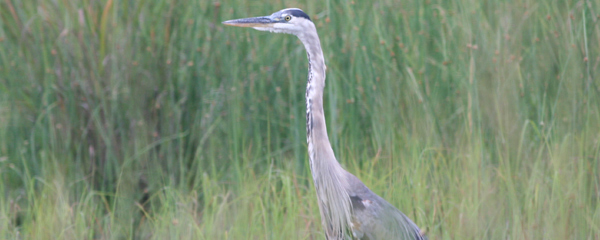





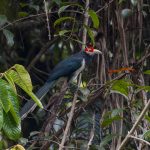



Mike, that Prairie Warbler pic is great…does anyone want to try to ID the bug in its mouth?
I cannot tell a lie, Corey… Seth took that pic. He was closer to the warbler so I handed him the camera. Look for a full gallery in the future!
Thanks a lot for the wonderful description and overview. I am planning to go there tomorrow for some birding and photography, hopefully will endo up with some nice shots. Cheers